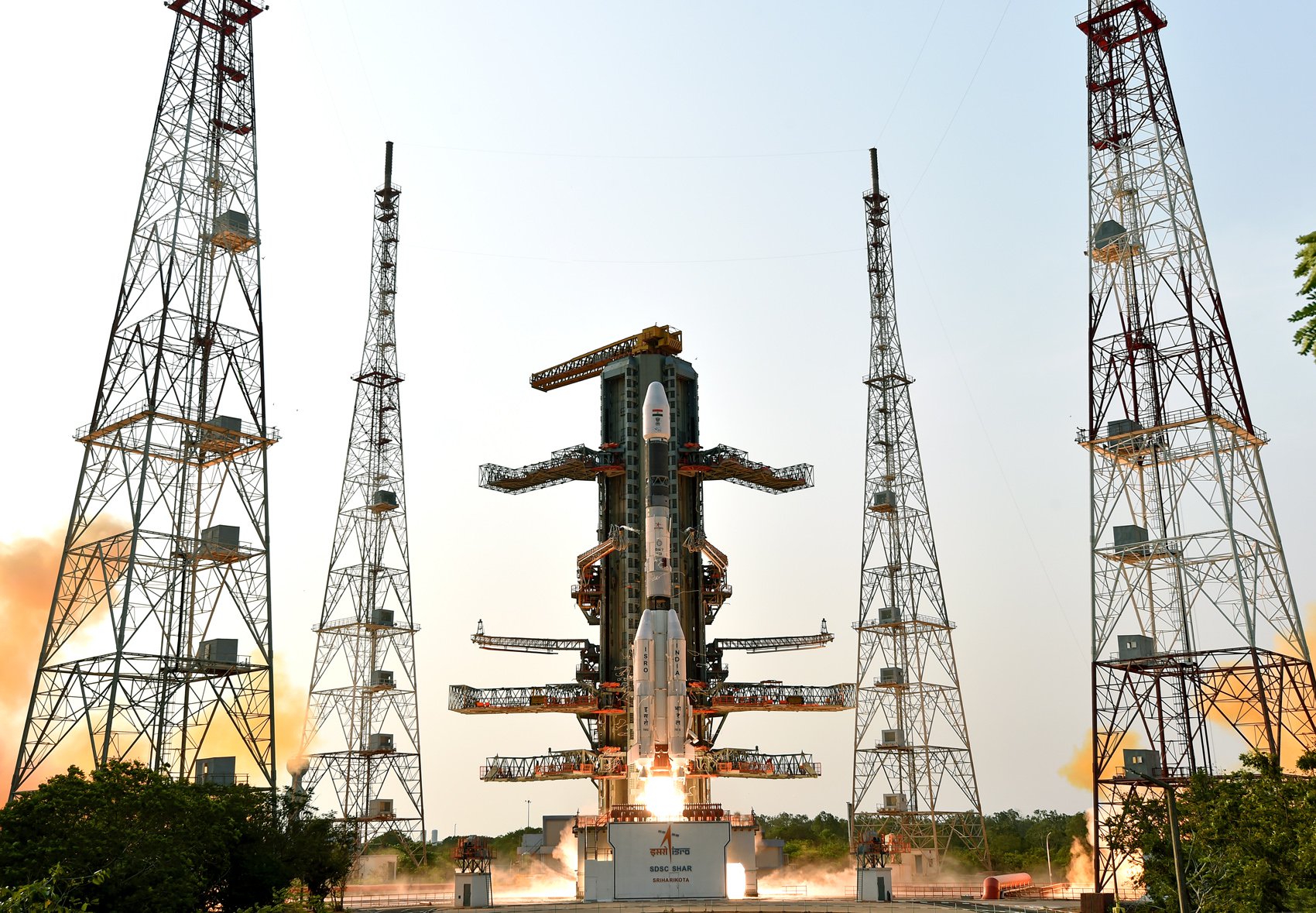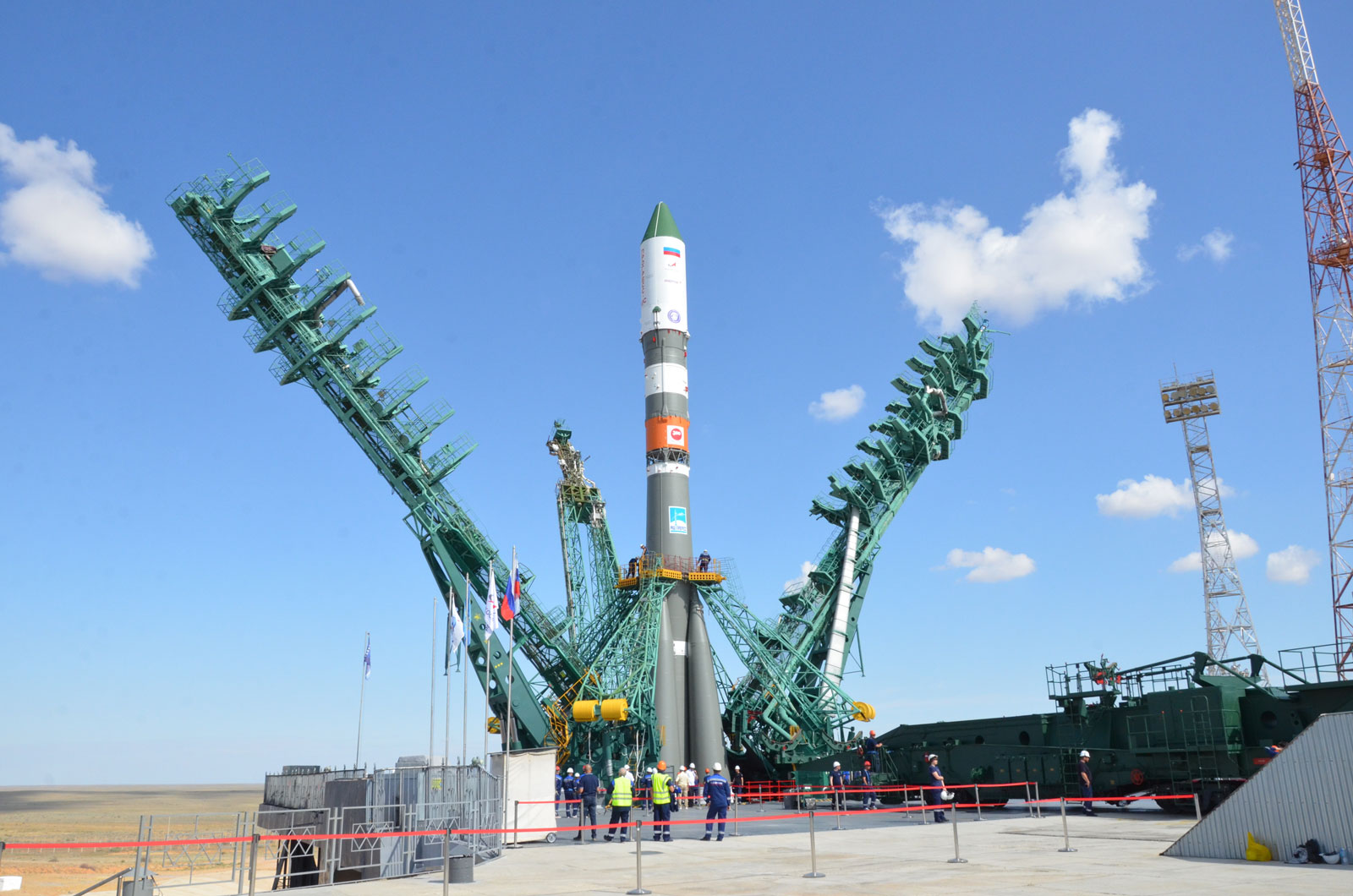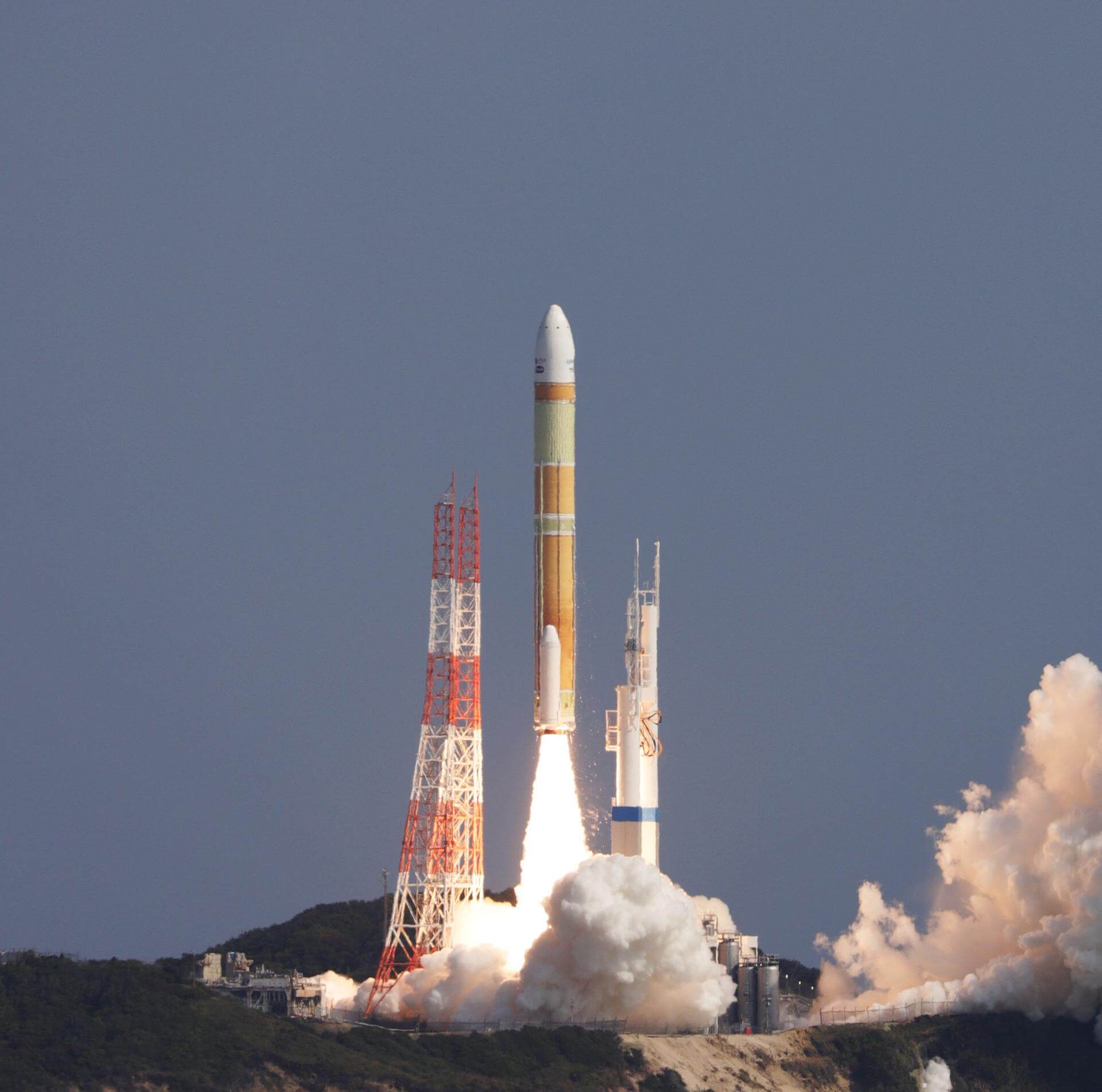· space brief · 6 min read
Space Brief 16 Jul 2025
Today's brief covers China's Tianzhou-9 launch to the Tiangong space station, the U.S. Space Force's unfunded MILNET project, and the evolving use of AI in military applications.

📄Top Stories
China successfully launches the Tianzhou-9 spacecraft to their Tiangong space station, delivering essential supplies and updated equipment. Meanwhile, the U.S. Space Force’s MILNET satellite communications is highlighted as a top priority requiring funding, reflecting strategic imperatives in global space operations. Additionally, new AI advancements are being pursued by defense organizations to bolster military capabilities in response to international competition.
📰Detailed Coverage
China Launches Tianzhou-9 with Record Cargo
On Monday, China launched the Tianzhou-9 cargo spacecraft to their Tiangong space station from the Wenchang Satellite Launch Center. The spacecraft is loaded with essential supplies for astronauts, new extravehicular activity (EVA) suits, and scientific experiments, marking a milestone in China’s expanding presence in space.
This mission underscores China’s commitment to maintaining a robust space station operating in low Earth orbit (LEO) and reflects its broader strategy of achieving self-sufficiency in space exploration. These developments are of particular interest for satellite trackers monitoring China’s rapidly expanding civil and military space capabilities.
Read the full story: SpaceNews
Space Force’s MILNET Eclipses as “Unfunded Priority”
The U.S. Space Force has announced that the MILNET project, aimed at expanding LEO satellite communications, is now its top ‘unfunded priority.’ The initiative is anticipated to require over $4 billion in resources, though the Pentagon’s precise funding plans remain uncertain.
The MILNET constellation is part of a larger shift towards enhancing secure, global communications for military operations. This project highlights the increasing role of satellites in national defense infrastructure and could introduce significant changes in tracking and managing satellite fleets, a feature that aligns closely with the capabilities of our web app.
Read the full story: SpaceNews
The Defense Establishment’s AI Awakening
Amidst rising geopolitical tensions, the U.S. defense community is ramping up its focus on artificial intelligence (AI) to enhance military readiness and operational effectiveness. As adversaries like China invest heavily in AI-enabled warfare, the U.S. seeks to accelerate its own AI initiatives to avoid being outpaced.
These efforts are not just about technology but also about strategic adaptations to emerging forms of hybrid warfare. Enhancing AI capabilities will require a coordinated blend of innovation and policy reform, elements critical to maintaining dominance in a technological arms race.
Read the full story: SpaceNews
Ukraine’s Strategic Moves in Air Defense
Major Oleh Shyriaiev of Ukraine’s 225th Separate Assault Battalion emphasized the importance of integrating more sophisticated air defenses and deep strike capabilities. These strategies are pivotal in providing Ukraine with tactical advantages as they continue their defense efforts against regional threats.
The addition of advanced air defense systems and permissions for deep strikes into contentious areas represents a tactical pivot towards more proactive defense strategies. These developments are key not only in regional security but also in the international arms market where technological leadership is crucial.
Read the full story: Breaking Defense
Transformations in Military Artillery: HIMARS Overhaul
The U.S. Army’s 25th Infantry Division is replacing some of its traditional artillery pieces with the more modern High Mobility Artillery Rocket Systems (HIMARS). This decision marks a significant tactical evolution in military strategies, emphasizing mobility and rapid response.
HIMARS systems offer the ability to shoot and move swiftly, an advantage over towed artillery setups that typically have longer deployment times. This change reflects broader shifts in military doctrine towards flexible, quick-deploy systems that can leverage real-time satellite data for targeting and coordination.
Read the full story: Breaking Defense
Strategic Refocus in US Army Modernization
In light of shifting global threats, the U.S. Army is undergoing a ‘second rebirth’ to adapt to post-GWOT (Global War on Terrorism) challenges. This transformation is particularly focused on budgetary reforms, ensuring that future military forces are equipped to handle novel threats and technological changes.
The modernization process involves a comprehensive evaluation of existing strategies and capabilities, seeking to realign resources with future combat requirements. This aligns with broader military strategies that integrate emerging technologies into core defense operations.
Read the full story: Breaking Defense
🛰️Satellite Spotlight
- Satellite Name: LACUNASAT-3
- NORAD ID: 46492
- Launch Date: September 28, 2020
- Mission: This satellite is designed for communication in machine-to-machine (M2M) and Internet of Things (IoT) applications, enhancing connectivity for devices across various environments.
- Orbit: Low Earth Orbit (LEO)
- Operator: LACU/NANAVU
- Fun Fact: LACUNASAT-3 is part of the CubeSat category, specifically a 3U design, making it compact yet effective for its communication mission.
Track this satellite in real-time on our web app: Track LACUNASAT-3
🌌Space Weather
Current space weather shows Enhanced solar wind (553 km/s).
Current
R0 - S0 - G0
Last 24 Hour Maximums
R0 - S0 - G0
Recent Alerts
- Continued Alert: Electron 2MeV Integral Flux exceeded 1000 pfu. Satellite systems may experience significant charging.
- Warning: Geomagnetic K-index of 4 expected, primarily impacting areas poleward of 65 degrees Geomagnetic Latitude. Weak power grid fluctuations and possible auroras in Canada and Alaska.
- Alert: Type II Radio Emission detected, indicating potential coronal mass ejection.
- Extended Warning: Geomagnetic K-index of 5 expected, with impacts on areas poleward of 60 degrees Geomagnetic Latitude. Minor impacts on satellite operations possible, along with auroras in northern U.S.
- Alert: Geomagnetic K-index of 5 reached.
Next 24 Hours
-
Radio Blackouts Probability
- Minor: 50
- Major: 5
- Risk: None
-
Solar Radiation
- Probability: 1
- Risk: None
-
Geomagnetic Storming
- Scale: 0
- Impact: none
- Activity: Low
-
Impact Summary
- No risk of radio blackouts or solar radiation storms expected.
- No G1 (Minor) or greater geomagnetic storms forecasted.
- Low risk of significant solar events affecting satellite operations.
Long Term Forecast
- Forecast of Solar and Geomagnetic Activity (14 July - 09 August 2025)
- Solar activity likely to be low with chances for R1-R2 (Minor-Moderate) radio blackouts.
- No proton events expected at geosynchronous orbit.
- Increased electron flux anticipated on specific dates, with mild geomagnetic activity linked to recurrent coronal holes.
- Periods of active and unsettled conditions noted; otherwise, mostly quiet days expected.
🚀Upcoming Space Launches
July 19
- SpaceX Falcon 9:
- Starlink Group 17-3 from Vandenberg Space Force Base, CA, USA (02:08 UTC) A batch of satellites for the Starlink mega-constellation - SpaceX’s project for space-based Internet communication system.
July 21
- SpaceX Falcon 9:
- Starlink Group 17-2 from Vandenberg Space Force Base, CA, USA (02:09 UTC) A batch of satellites for the Starlink mega-constellation - SpaceX’s project for space-based Internet communication system.
- SpaceX Falcon 9:
- O3b mPower 9-10 from Cape Canaveral Space Force Station, FL, USA (21:00 UTC) Two high-throughput communications satellites in Medium Earth Orbit (MEO) built by Boeing and operated by SES.
July 22
- SpaceX Falcon 9:
- TRACERS from Vandenberg Space Force Base, CA, USA (18:05 UTC) NASA’s Tandem Reconnection and Cusp Electrodynamics Reconnaissance Satellites (TRACERS) mission will help understand magnetic reconnection and its effects in Earth’s atmosphere.
July 25
- Roscosmos Soyuz 2.1b/Fregat-M:
- Ionosfera-M 3 & 4 from Vostochny Cosmodrome, Siberia, Russian Federation (05:54 UTC) Ionosfera is a constellation of ionospheric and magnetospheric research satellites for studying interactions with Earth’s magnetic field.
July 26
- Arianespace Vega-C:
- CO3D & MicroCarb from Guiana Space Centre, French Guiana (02:03 UTC) CO3D is designed to map the globe in 3D, while Microcarb will map carbon dioxide sources and sinks.
- Gilmour Space Technologies Eris:
- Maiden Flight from Bowen Orbital Spaceport (21:30 UTC) Maiden flight of Gilmour Space’s orbital launch vehicle Eris.
July 30
- ISRO GSLV Mk II:
- NISAR from Satish Dhawan Space Centre, India (11:30 UTC) The NASA-ISRO Synthetic Aperture Radar satellite will map Earth’s land and ice masses at high resolutions.
Note: Launch dates and times are subject to change due to technical or weather considerations.

Maurice Stellarski





